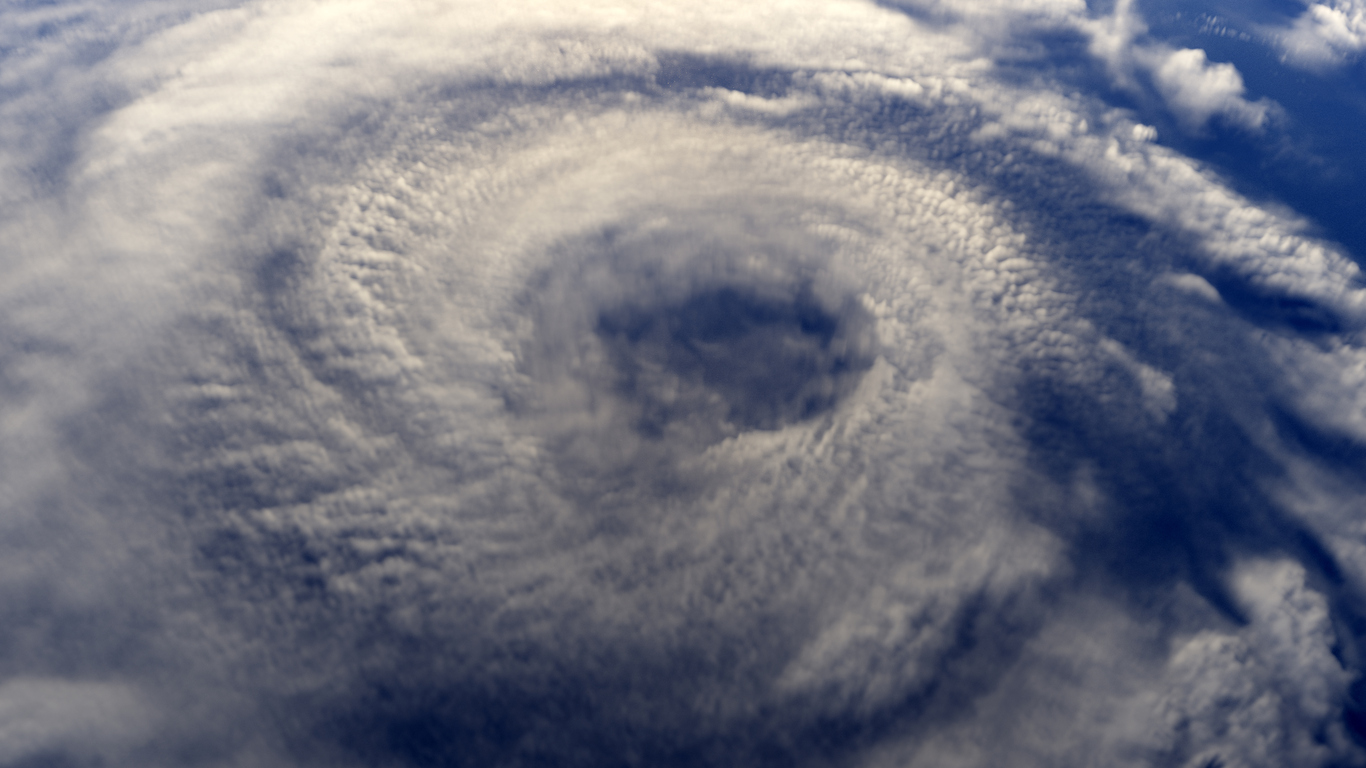“Although comparisons between Laura and Hurricane Rita (2005) have been made, they differ in two important ways: Rita was a larger storm and hit a more populous area than Laura did,” said Dr. Cagdas Kafali, senior vice president of research, AIR Worldwide. “Rita made landfall west of where Laura did, impacting population centers of Texas; Laura made landfall well east of Houston and west of New Orleans, keeping losses lower.”
Fueled by high sea surface temperatures in the Gulf of Mexico, Hurricane Laura made landfall near Cameron, Louisiana, close to the Texas border, on August 27 as a strong Category 4 storm, bringing catastrophic winds, around 15 feet of storm surge, and widespread heavy rain across the Gulf region, with wind and rain continuing north into Arkansas. AIR expects the combination of Laura’s track through relatively lower populated areas and its Rmax on the smaller side to keep insured losses down somewhat, despite its major hurricane status at landfall.
Laura struck the Louisiana coast with sustained winds of nearly 150 mph (241 km/h), tying it with the 1856 Last Island hurricane in terms of the strongest recorded tropical cyclone to make landfall in Louisiana. Laura's rapid intensification over abnormally warm Gulf waters was similar to Hurricane Harvey (2017) and Hurricane Michael (2018), the other two most recent Category 4 or stronger storms to hit the U.S.
Wind damage was greatest in Louisiana, particularly in areas closer to the eyewall near landfall. Preliminary maximum wind reports from the National Weather Service (NWS) reported 133 mph gusts at Lake Charles in Calcasieu Parish. Reports show damage from torn off roofs and façades to structures that were destroyed, along with upended vehicles, damage to power lines, roads, railways, and other infrastructure.
Laura's winds diminished after landfall but remained at hurricane strength for nearly half the day, pummeling the region for hours as the storm’s center traversed north through Louisiana. Laura’s storm surge was not as severe as expected, as the storm tracked a bit east of the Calcasieu Ship Channel, a waterway that connects the town of Lake Charles with the Gulf of Mexico, and pushed less water forward. The highest storm surge recorded thus far was around 15 feet above NAVD88 (around 17 feet above MLG), measured at a USACE river gauge on the Mermentau River at Grand Chenier (70900) in Cameron Parish County, Louisiana.
The vast majority of impacts were in Louisiana, as Hurricane Laura slammed the coastal town of Cameron, in Cameron Parish, and the town of Lake Charles, Calcasieu Parish, 30 miles from the coast, causing widespread destruction to buildings of all types.
Kafali concluded, “Residential buildings in and around Lake Charles saw significant damage to roofs of all geometries and with various roof cover types. Residential building envelopes were breached due to debris impacts and the damage was further exacerbated in many cases due to the impacts of storm surge. Residential homes in Louisiana are founded primarily on crawlspace and slab foundations, both of which are vulnerable when it comes to flood damage.”
About AIR Worldwide
AIR Worldwide (AIR) provides risk modeling solutions that make individuals, businesses, and society more resilient to extreme events. In 1987, AIR Worldwide founded the catastrophe modeling industry and today models the risk from natural catastrophes, terrorism, pandemics, casualty catastrophes, and cyber incidents. Insurance, reinsurance, financial, corporate, and government clients rely on AIR’s advanced science, software, and consulting services for catastrophe risk management, insurance-linked securities, longevity modeling, site-specific engineering analyses, and agricultural risk management. AIR Worldwide, a Verisk (Nasdaq:VRSK) business, is headquartered in Boston, with additional offices in North America, Europe, and Asia. For more information, please visit www.air-worldwide.com. For more information about Verisk, a leading data analytics provider serving customers in insurance, energy and specialized markets, and financial services, please visit www.verisk.com.













